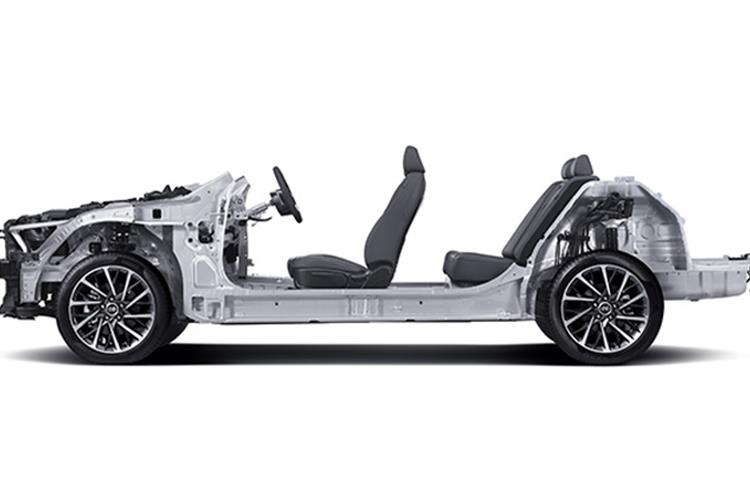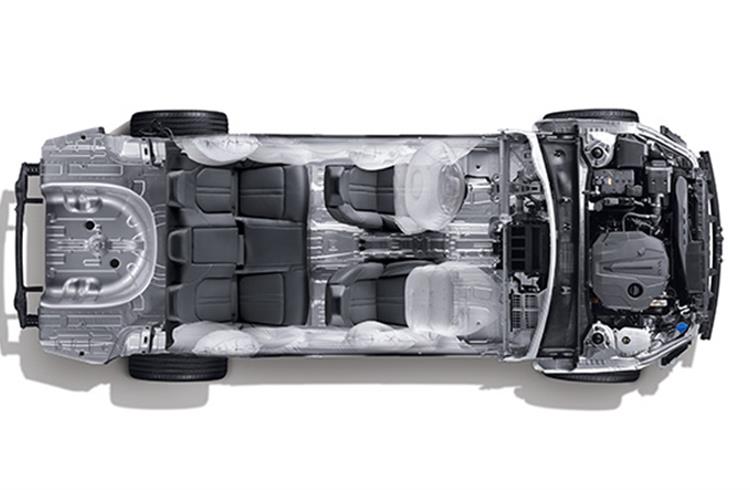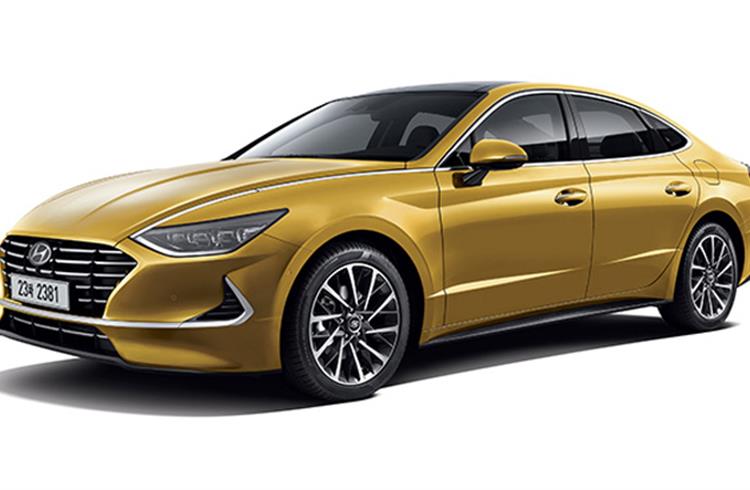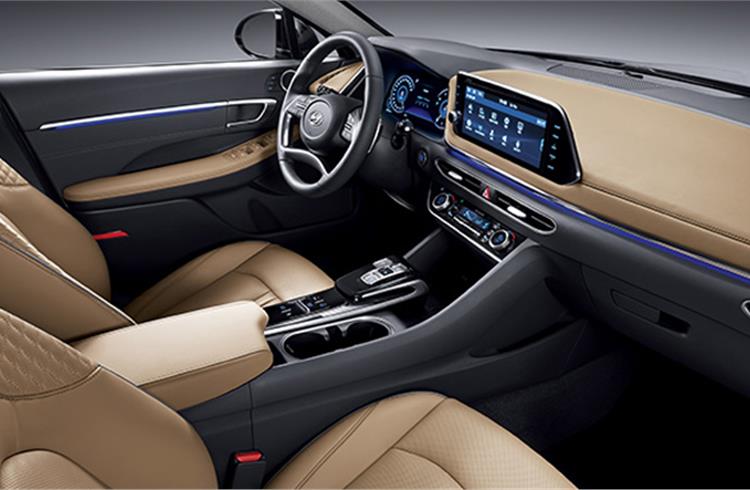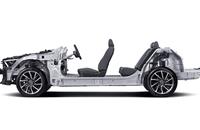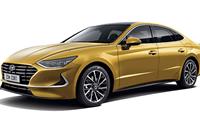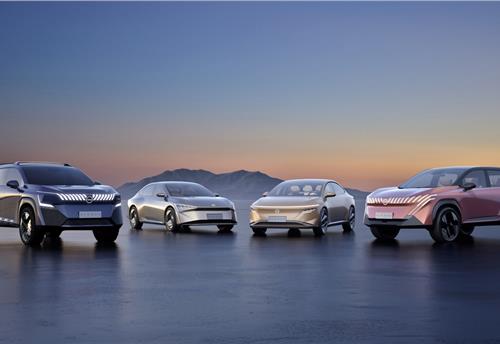New Hyundai Sonata built on third-gen vehicle platform
New platform enhances design, safety, efficiency, power and driving performance; new structure dramatically improves collision safety and enables innovative design elements; Hyundai to expand implementation of the new platform to future vehicle products
Hyundai Motor has announced that it has deployed its third-generation vehicle platform to the new-generation Sonata scheduled to go on sale later this month.
According to the Korean carmaker, the new platform will improve the market competitiveness of the newest Sonata and future vehicle models with greater flexibility for vehicle development, which dramatically enhances overall design, safety, efficiency, power and driving performance.
The new-generation Sonata offers reduced weight and improved fuel efficiency while also achieving stronger durability with the new platform. The platform builds on the former platform’s core advantages, enabling a stable design with a lower center of gravity. The third-generation platform also allows Hyundai to implement sporty and stylish design elements to the new Sonata.
The platform also delivers a significant improvement in collision safety through the adoption of a multi-load path structure, ‘Hot Stamping,’ and super-high tensile steel plate. The sophisticated multi-load path structure increases the energy absorbed by the vehicle in a collision, improving safety with minimisation of collision impact into the passenger cabin.
The platform is designed so that the tyres move outward during a small overlap collision to maximise customer safety. Such technology inhibits vehicle from spinning and prevents possible secondary collisions. The extended application of Hot Stamping also prevents deformation of the passenger room, thereby further improving vehicle safety.
The all-new Sonata equipped with the new platform is also expected to improve power and driving performance. It has been developed for possible application of Hyundai’s next-generation engine called the Smartstream Powertrain.
Featuring a system that controls the flow of air, the new platform improves air movement to the engine bay and heat dissipation, which enhances stability in the lower part of the vehicle and minimises air resistance to deliver excellent efficiency and power performance.
Stability is enhanced by lowering the position of heavy equipment in the platform, which reduces weight and lowers the centre of gravity. In addition, it enables agile handling by dramatically expanding lateral stiffness and positioning the steering closer to the wheel center while also providing stable and balanced driving performance by implementing tire-optimization technology. Noise reduction is also improved with enhanced noise, vibration and harshness (NVH) performance through reinforced sound-absorbing systems in vibration-sensitive parts.
“Through implementation of the third-generation platform, the new-generation Sonata is expected to provide world-class value in overall vehicle performance,” said Fayez Abdul Rahman, vice-president, Architecture Group from Hyundai Motor Company. “Starting with the new Sonata model, Hyundai will gradually expand the use of new platform in order to provide joy of driving and comfort to the customers.”
RELATED ARTICLES
Kia displays EV5 and Sonet SUVs for Chinese market
Kia has unveiled a number of key models and new technologies for Chinese customers at the 2024 Beijing International Aut...
Nissan targets growth in China, unveils four NEV concepts at Beijing Motor Show
The two EVs and two plug-in hybrids are a joint effort with Nissan’s local partner Dong Feng and aimed to better address...
Lamborghini unveils Urus SE ahead of Auto China 2024
Electric-only range of 60km helps reduce emissions by 80%.





 By Autocar Pro News Desk
By Autocar Pro News Desk
 18 Mar 2019
18 Mar 2019
 5156 Views
5156 Views



